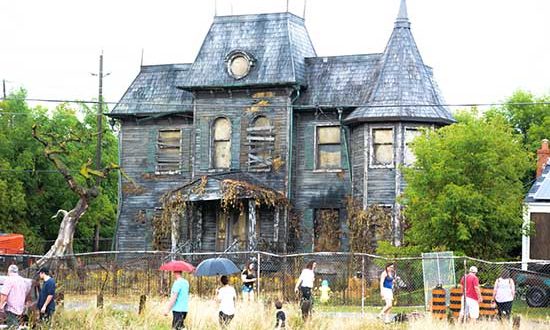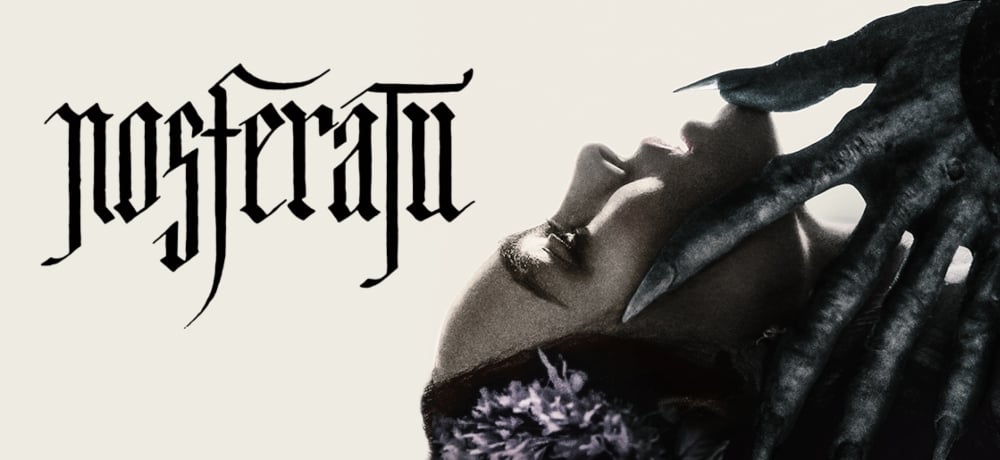The Chilling Scapes: Exploring Horror Movies Filmed in Ontario’s Iconic Locations


Ontario’s transformation into a haven for horror film production is as intriguing as it is spine-chilling. The province’s natural beauty, combined with its urban decay, creates the perfect setting for tales that unsettle and horrify.
This exploration into Ontario’s eerie world reveals how its landscape and infrastructure have been pivotal in shaping horror cinema, while also touching upon the broader impacts of these developments on the region, including the rise of the Online Casino in Ontario as a parallel narrative of innovation and engagement.
Ontario: A Canvas for Horror
Ontario’s rich tapestry of settings, from the foreboding wilderness of Algonquin Park to the Gothic architecture of Toronto’s Casa Loma, has made it a preferred location for horror filmmakers.
The province’s ability to morph into any scenario, from the claustrophobic interiors of haunted houses to the ominous expanse of remote forests, provides an ideal backdrop for narratives that explore the darker facets of the human psyche and the supernatural.
Cult Classics and Modern Screams: Spotlight on “Black Christmas” and “Scanners”
“Black Christmas” (1974), one of the first slasher films, took advantage of the chilling atmosphere of Toronto’s Victorian homes to set the stage for a series of gruesome murders.
Similarly, David Cronenberg’s “Scanners” (1981), with its iconic head explosion scene, utilized the stark industrial landscapes of Toronto to mirror the film’s themes of alienation and power. These films not only utilized Ontario’s settings to enhance their horror elements but also showcased the province’s ability to accommodate diverse cinematic styles.
Infrastructure: Ontario’s Unseen Character: The Role of Toronto’s Film Studios
Toronto’s world-class film studios, like Pinewood Toronto Studios, have been instrumental in bringing to life some of the most terrifying scenes in horror cinema. These studios offer filmmakers the flexibility to create complex set designs and utilize advanced technology, making Ontario a hub for both practical and digital effects wizardry in horror film making.
The Haunting of Hamilton: “The Shape of Water” and Its Atmospheric Use of Hamilton
While not a horror film in the traditional sense, Guillermo del Toro’s “The Shape of Water” (2017), filmed in Hamilton, Ontario, exemplifies how the city’s historic and industrial settings can be used to create a sense of otherworldliness. Hamilton’s eerie locales contributed to the film’s atmospheric tension, proving that Ontario’s cities are versatile enough to convey both horror and fairy-tale-like fantasy.
The Economic Ripple Effects of Horror Productions
The production of horror films in Ontario stimulates local economies by creating jobs, utilizing local services, and promoting tourism. Films like “It” (2017), partially filmed in Port Hope, Ontario, transformed the small town into a tourist destination for fans, illustrating how film-related tourism can bolster local businesses and communities.
In Ontario’s shadows, where horror scenes unfold, lies a realm where stories and digital dreams are told. From eerie films to the immersive Online Casino in Ontario, both realms thrive, where creativity and innovation flow.
The success of online casinos in Ontario mirrors the film industry’s evolution, showcasing the province’s capacity for digital innovation and its growing reputation as a hub for entertainment, both traditional and virtual.
Fostering Talent and Innovation: Ontario’s Film Schools and Horror Cinema
Ontario’s educational institutions, such as the Toronto Film School, play a crucial role in nurturing the next generation of filmmakers, including those with a penchant for horror. These schools provide budding directors, screenwriters, and cinematographers with the skills needed to innovate within the genre, ensuring that Ontario remains at the forefront of horror filmmaking.
Ontario on the Global Stage: International Acclaim for Ontario-Produced Horror

Ontario-produced horror films frequently garner international attention, earning acclaim at film festivals around the world and securing distribution on global streaming platforms. This global recognition underscores Ontario’s contribution to the horror genre and its status as a leading location for film production.
A Sustainable Future for Horror: Green Filmmaking in Ontario
Ontario’s film industry, including its horror film sector, is increasingly adopting sustainable practices. Efforts to reduce the environmental impact of film productions are becoming more common, with initiatives focusing on waste reduction, energy efficiency, and sustainable sourcing. This commitment to sustainability ensures that Ontario’s film industry remains a responsible and forward-thinking community.
Ontario’s Enduring Legacy in Horror
Ontario’s eerie landscapes, historic architecture, and cutting-edge film studios have collectively shaped a cinematic realm where horror thrives in its many forms. From groundbreaking classics that set the stage for the slasher genre to contemporary masterpieces that blend horror with other elements to tell complex stories, Ontario has proven itself as an adaptable and enticing setting for filmmakers seeking to evoke fear, suspense, and unease.
A Legacy of Innovation and Influence: Pioneering New Horizons in Horror
The legacy of horror films produced in Ontario extends beyond the immediate economic and cultural impacts. These films have contributed to the evolution of the genre, pushing boundaries and exploring new storytelling techniques.
Ontario’s contribution to horror cinema is marked by a willingness to innovate, whether through groundbreaking special effects, unconventional narratives, or the integration of horror elements into other genres. This spirit of innovation ensures that Ontario’s place in the horror film landscape will be remembered for its creative contributions and daring explorations.
The Broader Implications of Horror Filmmaking: A Catalyst for Broader Conversations
The production of horror films in Ontario does more than entertain; it sparks conversations about societal fears, cultural anxieties, and the human condition. Horror films often reflect the zeitgeist, addressing contemporary issues through the lens of the macabre. Ontario, with its diverse settings and stories, provides a rich tapestry for these explorations, making it a significant player in the ongoing dialogue about what scares us and why.
The Intersection of Film and Digital Innovation: Bridging the Gap Between Cinema and Online Gaming
The parallel growth of the film industry and digital entertainment sectors in Ontario, particularly with the rise of online casinos, highlights a broader trend of technological innovation and cross-medium storytelling. The success of the Online Casino in Ontario and the province’s horror films are two sides of the same coin, showcasing Ontario’s ability to create immersive experiences both in the physical world of cinema and the virtual realm of online gaming.
This intersection underscores the province’s role as a leader in entertainment, where traditional and digital forms coalesce to create new forms of engagement and storytelling.
Wrapping Up the Tale: The Enduring Charm of Ontario’s Horror Scene

Ontario’s role in the world of horror cinema is as multifaceted as the genre itself. Through its captivating landscapes, versatile urban environments, and supportive infrastructure, Ontario offers filmmakers a canvas on which to paint their darkest visions. The province’s contribution to the horror genre extends beyond mere location, influencing the global film industry with its talent, creativity, and innovation.
As Ontario continues to evolve, its capacity to serve as a backdrop for horror and its ripple effects across various domains, including digital entertainment, will undoubtedly continue to grow.
In the shadows of Ontario, where the lines between horror cinema and digital dreams blur, the province’s legacy in shaping tales of the macabre and the innovative will forever linger, inviting storytellers and audiences alike to explore the depths of their fears and imaginations.




